A Vital Mission for a Sustainable Future
In the crystal clear waters surrounding Molokai, the legacy of Ka Honua Momona (KHM) spans generations, rooted in the island’s rich heritage. Coral Reef Alliance (CORAL) and Ka Honua Momona have recently joined hands in a shared commitment to preserving Hawaii’s precious coastal ecosystems. Their partnership aims to safeguard Molokai’s southern fringing reefs, a mission deeply woven into the longstanding dedication of KHM to this land.
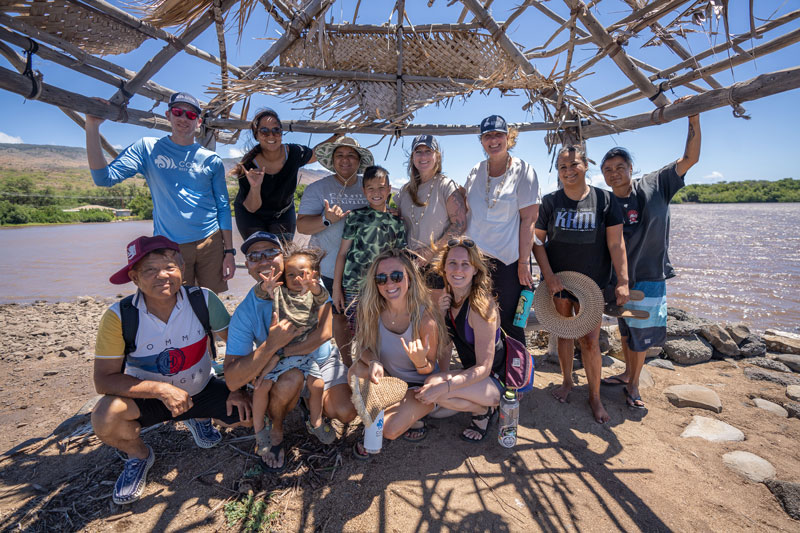
Working with Urgency
Hawaii’s coral reefs are not merely underwater ecosystems; they’re the lifeblood of the islands, sustaining nature, economy, and culture. The reefs of Molokai, with their rich biodiversity and cultural significance, face a looming crisis. Invasive species, mismanaged land, and unsustainable fishing are threatening to irreversibly damage these precious ecosystems, jeopardizing not only marine life but also the traditions, livelihoods, and well-being of the local communities.
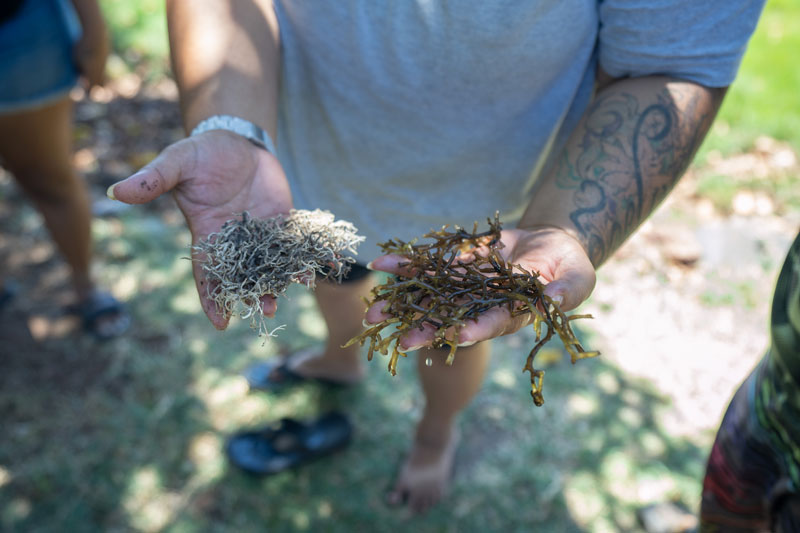
Understanding the Stakes
Studies by scientists at the University of Hawaii’s Coral Reef Assessment and Monitoring Program have shown that south Molokai has the best coral coverage in the main eight Hawaiian Islands. Yet the impacts from sediment run-off into the nearshore ecosystem have caused areas of degradation of the south Molokai reef, affecting fish and coral habitats. Coral and fish larvae from this island are dispersed across Maui Nui and Oahu, helping to build resilience across a larger area.
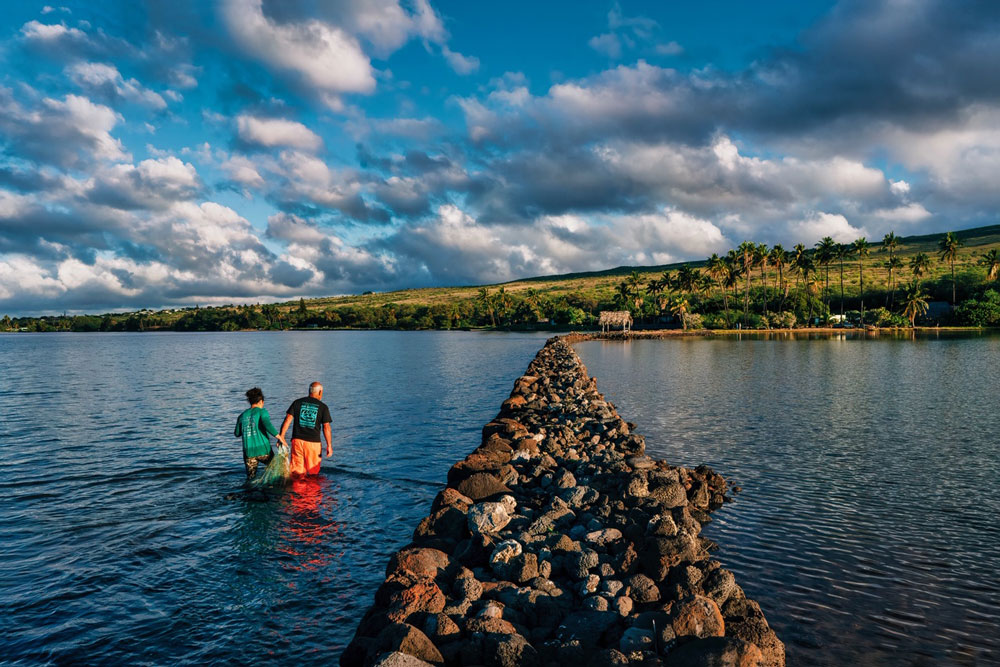
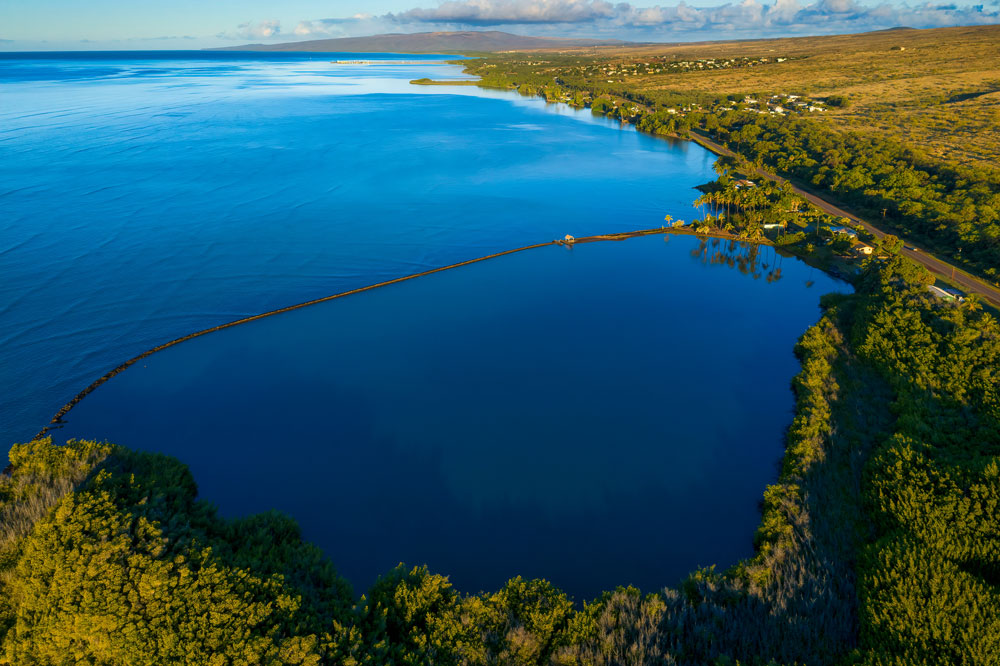
Molokai’s south shore is a close-knit community, primarily home to native Hawaiians whose families have lived on the island for generations. They’re deeply committed to preserving their unique Hawaiian culture, language, and traditions. Unfortunately, the island faces challenges due to limited job opportunities, leading to high unemployment rates and many residents living below the poverty line. Most available jobs are in agriculture, mainly with external companies managing plantations on the island. The community is aging as younger generations leave in search of better prospects.
By teaming up with KHM for this project, we aim to support the community in maintaining their vital sources of food and income. Additionally, our research will assist in developing strategies for a sustainable future.
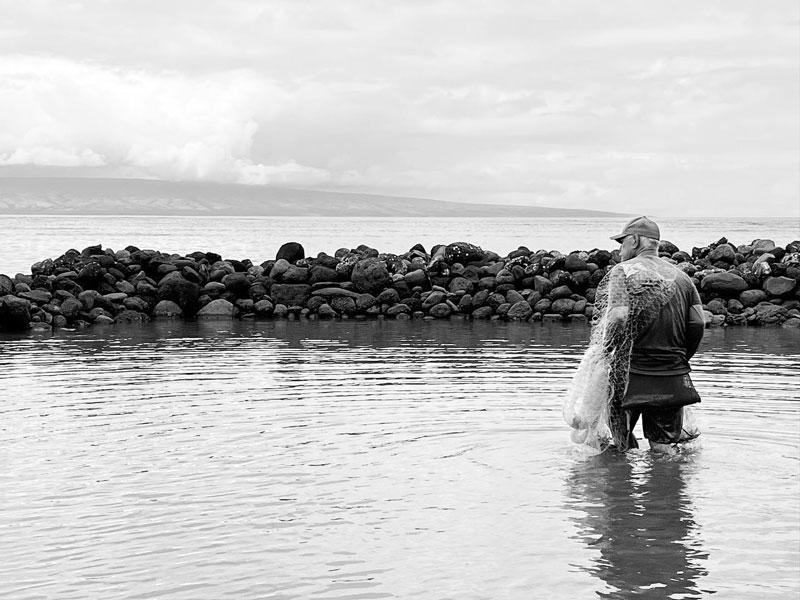
Enter the Project
The CORAL-KHM fishpond restoration project is a lifeline thrown into troubled waters, aiming to set Molokai’s reefs on a course of resilience and sustainability.
Preserving Endangered Ecosystems
Revitalizing two fishponds—named Alii and Kalokoeli—will significantly enhance the long-term health of the coral reefs along Molokai’s south shore.
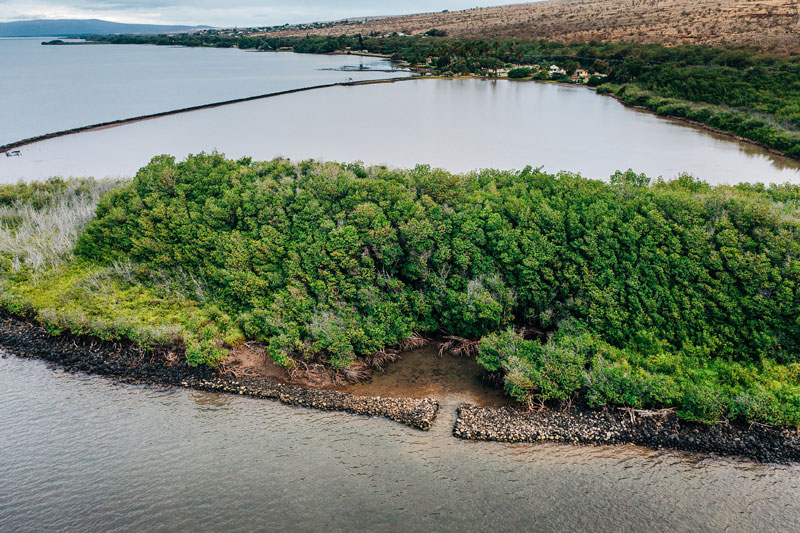
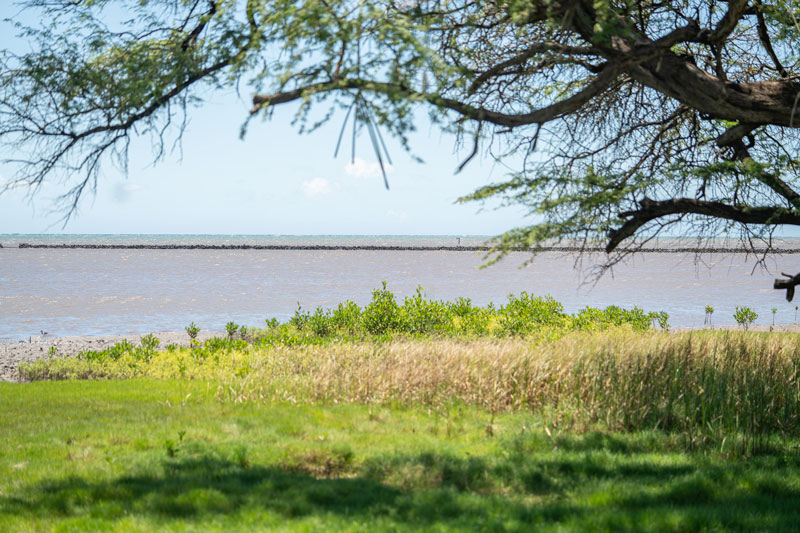
This restoration effort involves removing invasive algae, reintroducing native plant species, and rejuvenating fish ponds to boost the fish population, which is crucial for nurturing healthy coral habitats. By creating healthier reef ecosystems, we’re not only promoting resilience but also fortifying the region against the impact of storms, hurricanes, and rising sea levels.
Molokai hosts coral species found nowhere else in the world. We must protect these endemic species from extinction, ensuring the survival of unique marine life integral to the delicate balance of the ecosystem.
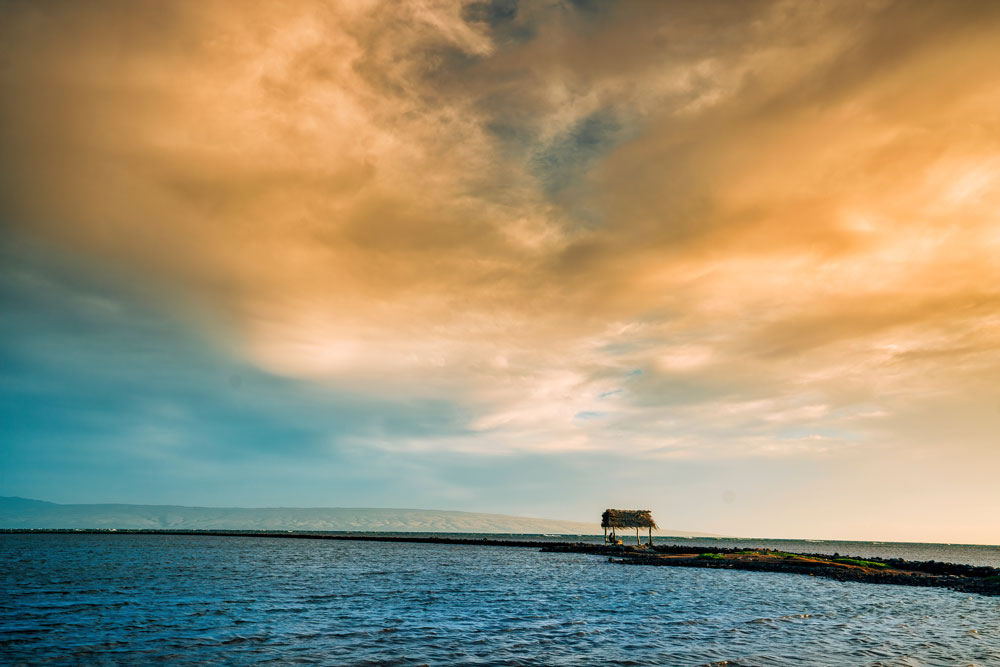
Safeguarding Cultural Heritage
Beyond ecological considerations, the project recognizes the intrinsic link between healthy reefs and Hawaiian culture. The revival of the reefs is an endeavor to safeguard cultural practices, ceremonies, and the traditional gathering of marine resources that have sustained communities for generations.
We’ll be working in tight partnership with KHM whose staff have lineal ties to place and have kuleana (responsibility) in caring for Alii and Kalokoeli fishponds, which are community treasures and sources of education, food, cultural renewal and connection. As a result of this project’s efforts to improve habitat for fish and wildlife, we anticipate a simultaneous enhancement of community resilience.
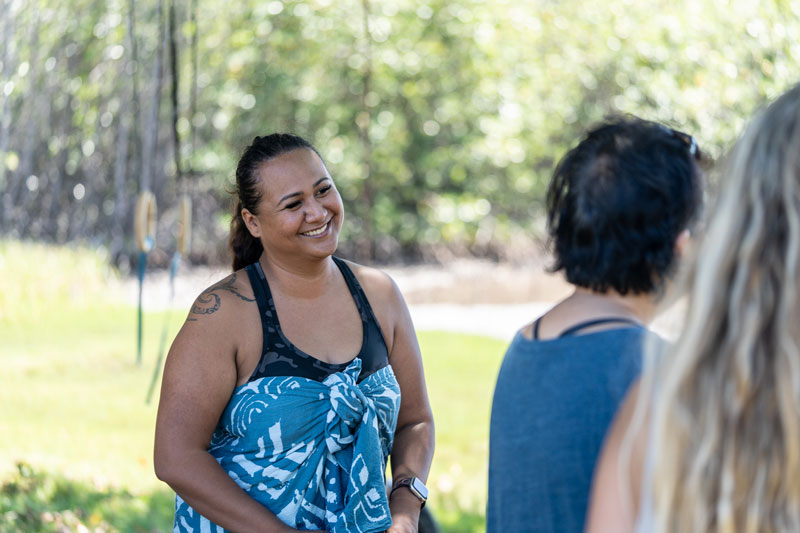
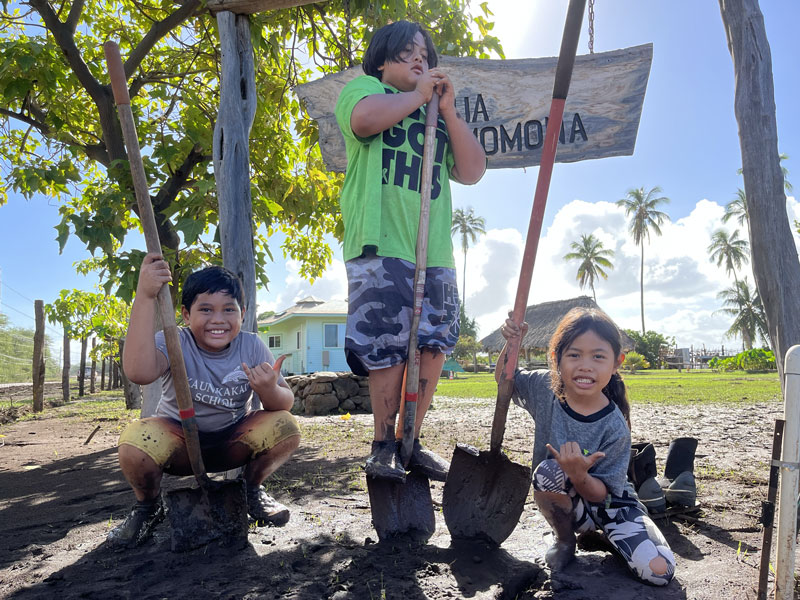
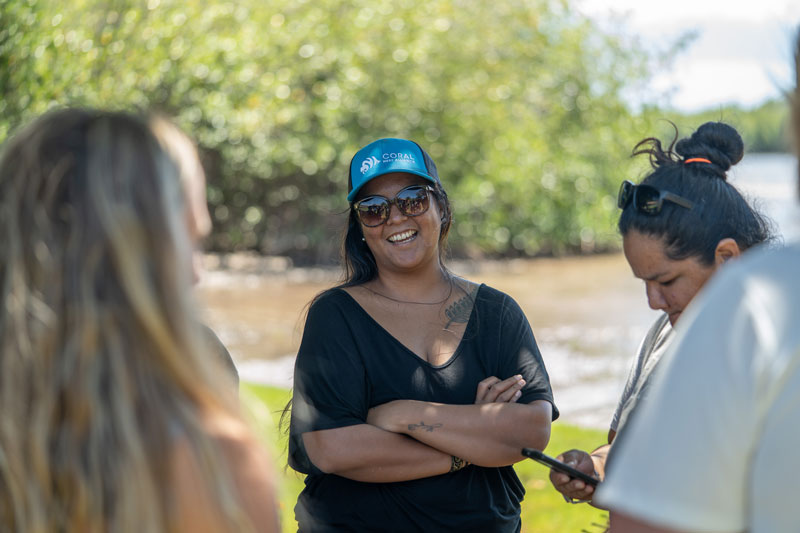
Economic Sustainability
By addressing land mismanagement, invasive species, and sediment pollution, the project also aims to secure the economic lifeline that Molokai’s reefs provide. A thriving marine ecosystem provides a sustainable source of income and food for local communities. Hunting, fishing, and farming account for providing 33% of the island community’s food needs, and this reef is one of the major food sources for Molokai’s subsistence economy.
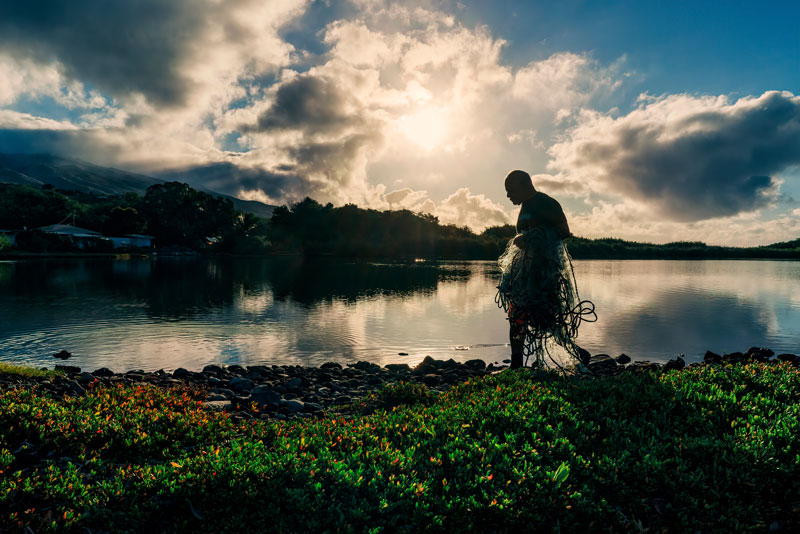
Science to Action
As climate change intensifies, coral reefs face unprecedented challenges. One of our goals is to create conditions that enable reefs to adapt to the changing climate, ensuring their resilience in the face of warming oceans and other climate-related stressors. This includes healthy fish populations, as well as clean water free of sedimentation.
Our future plans include establishing water quality monitoring protocols to ensure the reefs have proper conditions, as well as education around restoration and sustainable initiatives on the island.
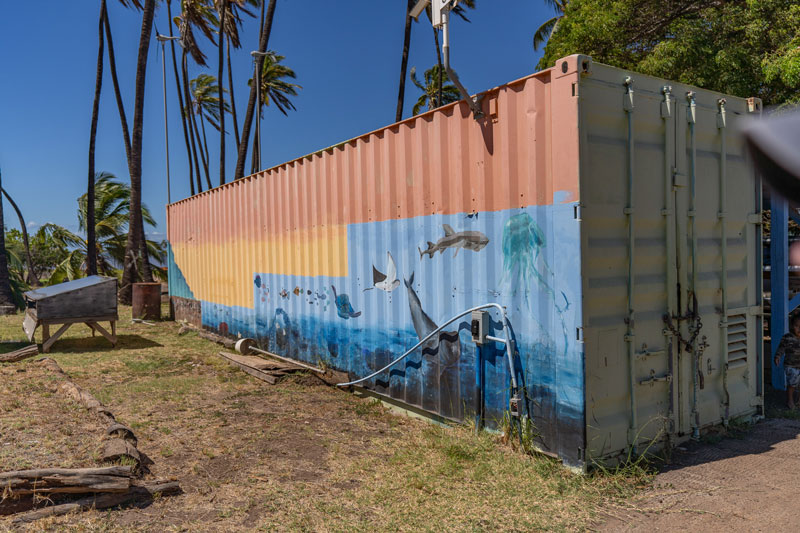
The Path Forward
Through fishpond restoration, water quality monitoring, and community capacity-building, the CORAL-KHM partnership is not just about addressing immediate threats but building a foundation for long-term coral reef management. It’s a commitment to a sustainable future where Molokai’s reefs thrive, supporting ecosystems, cultures, and economies for generations to come.

